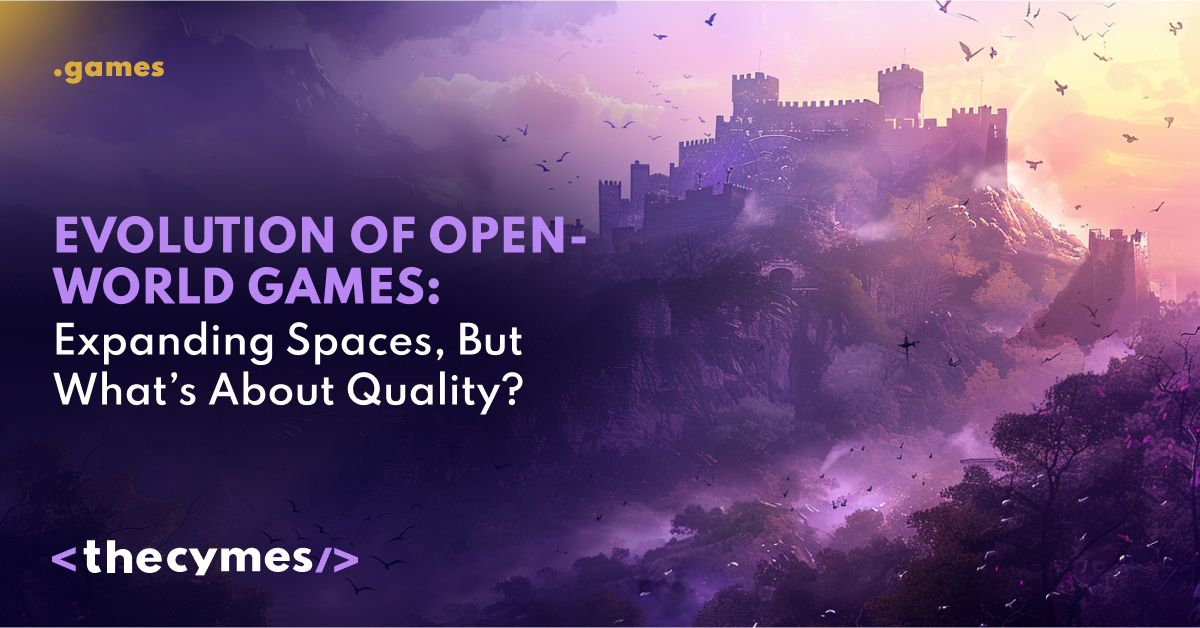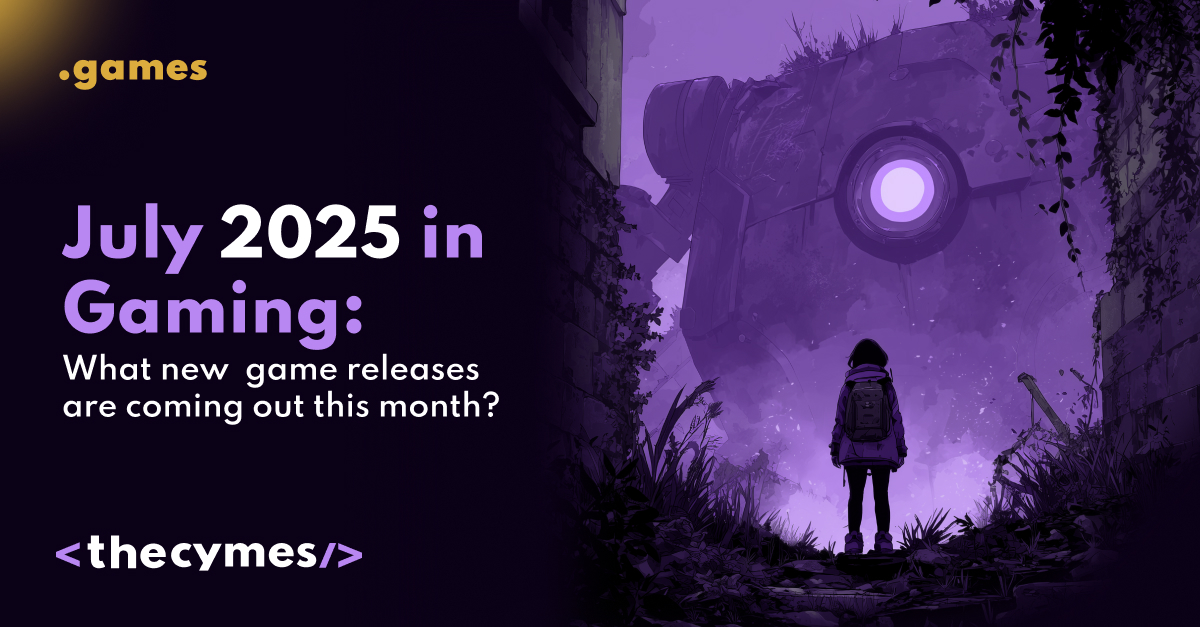Table of Content
Evolution of open-world games: Expanding spaces, but what’s about quality?
/>Ever feel lost in a MASSIVE game world with nothing to do?Open-world games have come a long way since their inception, evolving from simple, pixelated landscapes to sprawling, intricate universes that captivate players around the globe. These games invite us into expansive worlds filled with countless adventures, allowing us to explore, interact, and create our own stories. Yet, as technology continues to push the boundaries of game design, a pressing question emerges: what’s about the quality? In this article, we’ll look at the journey of open-world gaming, highlight prominent examples, discuss the benefits and drawbacks of size, and speculate on the future of this beloved genre.
A Brief History of Open-World Gaming
The story of open-world gaming dates back to the late 1970s and early 1980s, where pioneers like Adventure (1979) and Zork (1980) introduced players to the concept of exploration. Though simplistic by today’s standards, these early text-based adventures laid the groundwork for the immersive experiences we enjoy now. Fast forward to 2001, and Grand Theft Auto III revolutionized the genre, presenting a living, breathing city where players could engage in missions, drive vehicles, and, most importantly, explore at their own pace. This marked the dawn of a new era in gaming.

Image from Pexels
The Rise of Immersive Worlds
As technology advanced, so did the complexity of open-world games. The mid-2000s saw the arrival of The Elder Scrolls IV: Oblivion (2006), which set a new benchmark with its vast landscapes, dynamic weather systems, and day-night cycles. Suddenly, players were not just following a linear path; they were forging their own adventures in a rich, detailed world.
Then came The Elder Scrolls V: Skyrim (2011), a game that became a cultural phenomenon. With its expansive world filled with quests, lore, and dynamic NPC interactions, Skyrim allowed players to immerse themselves in epic stories while exploring the vast wilderness. It demonstrated that open-world games could offer deep narratives alongside extensive exploration.
The Allure of Larger Worlds
The appeal of larger open worlds is undeniable, and several key factors contribute to this attraction:
Enhanced Exploration
One of the most thrilling aspects of open-world games is the opportunity for exploration. A larger game world means more hidden treasures, lore, and secrets waiting to be discovered. For example, in The Legend of Zelda: Breath of the Wild (2017), players are encouraged to explore every corner of Hyrule, uncovering ancient ruins and the rich history of the land. The excitement of stumbling upon an uncharted cave or a hidden NPC makes the experience feel rewarding and immersive.
Variety of Activities
Open-world games often come packed with diverse ecosystems, quests, and characters, providing players with numerous gameplay styles. Take Red Dead Redemption 2 (2018), for instance. This game invites players to engage in a plethora of activities, from hunting and fishing to robbing trains and experiencing story-driven missions. The variety keeps gameplay fresh and allows players to tailor their experiences to their preferences. Whether you want to be a gunslinger or a peaceful farmer, the choice is yours.
Community Engagement
Massive worlds can foster vibrant communities, as players share tips, strategies, and experiences. GTA Online, for example, has created a thriving ecosystem where players can collaborate, compete, and socialize. The online aspect enhances the sense of community and encourages players to engage with the game in new ways, creating friendships and rivalries that extend beyond the screen.
Case Studies: The Giants of Open-World Gaming
To understand the evolution of open-world games better, let’s examine some of the most influential titles in the genre.

Image from Pexels
Grand Theft Auto Series
The Grand Theft Auto (GTA) series has played a pivotal role in shaping open-world gaming.
Starting with GTA III, the series introduced players to a living, breathing city where they could engage in criminal activities, complete missions, and explore at their own pace. Subsequent titles, particularly GTA V (2013), expanded this formula, offering an enormous world with three playable characters, each with their own storylines and missions. The game's online component further enhanced its longevity and community engagement, allowing players to create their own stories in the chaotic city of Los Santos.
The Legend of Zelda: Breath of the Wild
Breath of the Wild redefined the open-world experience with its emphasis on player freedom and exploration. Players can climb mountains, glide from cliffs, and cook meals, all while uncovering the secrets of Hyrule. The game’s vast landscapes are filled with puzzles, shrines, and secrets that encourage players to experiment with different playstyles. Unlike traditional Zelda games, where players follow a linear path, Breath of the Wild allows for non-linear exploration, making every adventure uniquely personal.
The Elder Scrolls V: Skyrim
Skyrim remains a benchmark for open-world games due to its rich lore, engaging quests, and player-driven narratives. The game's expansive world is populated with diverse factions, each offering unique storylines and quests. You can choose to become a warrior, mage, or thief, shaping your character's journey through your choices. The modding community has further extended the game's life, allowing players to customize their experiences, explore new content, and enhance gameplay long after the original release.
Red Dead Redemption 2
Red Dead Redemption 2 is a masterclass in world-building and narrative depth. Set in a meticulously crafted version of the American Wild West, the game allows players to immerse themselves in the lives of outlaws. Every detail, from the wildlife to the dynamic weather systems, creates a believable world. What makes it truly special is how the story is deeply intertwined with its open-world design. Players' choices impact the narrative and their relationships with NPCs, creating a tapestry of consequences that make every decision feel significant.
The Downsides of Size
While larger worlds can enhance gameplay, they also bring significant drawbacks:
Content Overload
One of the main issues with expansive open worlds is content overload. Players can become overwhelmed by the sheer number of tasks and quests available, leading to choice paralysis. Assassin's Creed Odyssey (2018) is a prime example, where players can find themselves inundated with side quests, collectibles, and activities, making it challenging to focus on the main story. The vast map might look impressive, but it can sometimes feel like a chore to navigate.
Quality vs. Quantity
A larger game world often means that not every part is equally engaging. Some areas may feel empty or lack meaningful content. For instance, while Far Cry 5 (2018) presents a vast map to explore, some regions can feel repetitive or underdeveloped. This disjointed experience can leave players searching for meaningful interactions, making the journey less satisfying.
Performance Issues
Bigger games can lead to technical challenges, such as bugs and frame rate drops, which can detract from the overall experience. Cyberpunk 2077 (2020) serves as a prime example, as the game’s ambitious scale and complexity resulted in numerous performance issues upon launch. Many players were disappointed, as the game had promised an immersive experience but delivered a frustrating one instead.
Finding the Balance: Quality Over Size
As open-world gaming continues to evolve, finding a balance between size and quality is crucial. Developers are increasingly recognizing that a smaller, more densely packed world can offer a richer experience than an expansive one filled with filler content.
Games like Hollow Knight (2017) and Celeste (2018) demonstrate that tight, focused environments can lead to memorable adventures, proving that it’s not just about the size of the game but the depth of the experience.
The Role of Player Agency
As open-world games evolve, player agency becomes central to the experience. Games that allow players to shape the world around them—through choices, crafting, or even world-building—tend to resonate more with audiences. Titles like No Man’s Sky (2016) have begun to explore these avenues, pushing boundaries and encouraging creativity. Recent updates to No Man’s Sky have transformed it into a more engaging experience, showcasing the potential for developers to listen to player feedback and iterate on their designs.

Image from Pexels
The Future of Open-World Gaming
The future of open-world gaming looks promising. Developers are experimenting with new mechanics and designs to create more engaging and immersive experiences. Here are some trends to watch:
Procedural Generation
Procedural generation has gained traction as a way to create vast worlds without the need for extensive manual design. Games like Minecraft (2011) and No Man’s Sky utilize this technology to generate unique environments, ensuring that no two playthroughs are the same. This approach allows for endless exploration and discovery, appealing to players who thrive on novelty.
Dynamic Environments
Future open-world games are likely to feature even more dynamic environments that respond to player actions. For example, Dying Light (2015) incorporates a day-night cycle that affects gameplay, with different enemies and challenges emerging based on the time of day. As technology improves, we can expect to see more games that create living worlds where player choices have a tangible impact.
Enhanced NPC Interactions
As AI technology advances, developers are focusing on creating more realistic NPC interactions. Games like Cyberpunk 2077 and Red Dead Redemption 2 have made strides in this area, but there is still room for improvement. Future games may feature characters that remember player choices, react dynamically to actions, and evolve alongside the player, creating a more immersive narrative experience.
Now you know more!
As we look to the future of open-world gaming, it becomes clear that the genre will continue to evolve. While bigger worlds can offer exciting possibilities, the question remains: is it better? The answer lies in balancing size, quality, and player experience. Developers who prioritize meaningful interactions, engaging narratives, and player agency will likely find success in this ever-evolving landscape.




